Students Apply Math Skills to Build Their Learning Environment
When it comes to the classroom setting, having flexibility to customize and make a space their own can help students feel more comfortable and confident.
Nikki Waldeck’s Technical Mathematics students are taking that customization even further. They’re applying their skills to create a “makerspace” classroom, including tables and workbenches, to unlock creativity while also applying math and engineering principles.
Waldeck challenged her students to create a space flexible enough to meet the needs of typical instruction but also handle nontraditional instruction — like hands-on engineering projects.
“These projects allow students to explore an academic concept on their own terms, from the perspective of their unique life experience, which ultimately empowers them to take control of their own learning,” Waldeck said.
Like other STEM (Science, Technology, Engineering & Mathematics) teachers in the US, Waldeck is using strategic projects to bring mathematical principles to life and in a way that allows students to take ownership of their work.
“As a result, students begin to say things like, “Are we really going to do this? Because if we are, I want to do a good job,’” Waldeck said. “My response is generally something like, ‘That is the goal.’ Because these projects are authentic, there are no predetermined solutions, and ‘real’ projects inevitably present real challenges.”
Those real projects can often lead to a real impact on STEM performance. STEM education remains a struggle for many schools across the US. Globally, the United States has been falling in science and mathematics subjects since the 1980s according to the Center for Strategic & International Studies. Test scores from the Organization for Economic Cooperation and Development in 2022 put the US at 28th out of the 37 countries ranked for math and 12th in science.
Classes like Waldeck’s are essential for not only teaching students the fundamentals of math and engineering, but more importantly the application of those skills in the real world.
“When we’re able to overcome challenges and fully realize a project’s goals, students’ feelings of pride and accomplishment are immeasurable, yet I am certain they positively influence students’ motivation to explore and take on future tasks and endeavors,” she said.
This project also engages students in a way that supports the Learner Profile goals: providing real-world experience to implement what they’ve learned in the classroom. For math and engineering, Waldeck said projects like these are essential.
“Retaining mathematical procedures with no obvious connection to a familiar real-world context requires much effort in memorization versus understanding,” she said. “Although ‘showing the work’ in math class is sometimes necessary, these projects provide students with flexible opportunities to ‘show what they know’ by applying concepts to authentic situations, which actually implies a deeper level of understanding.”

